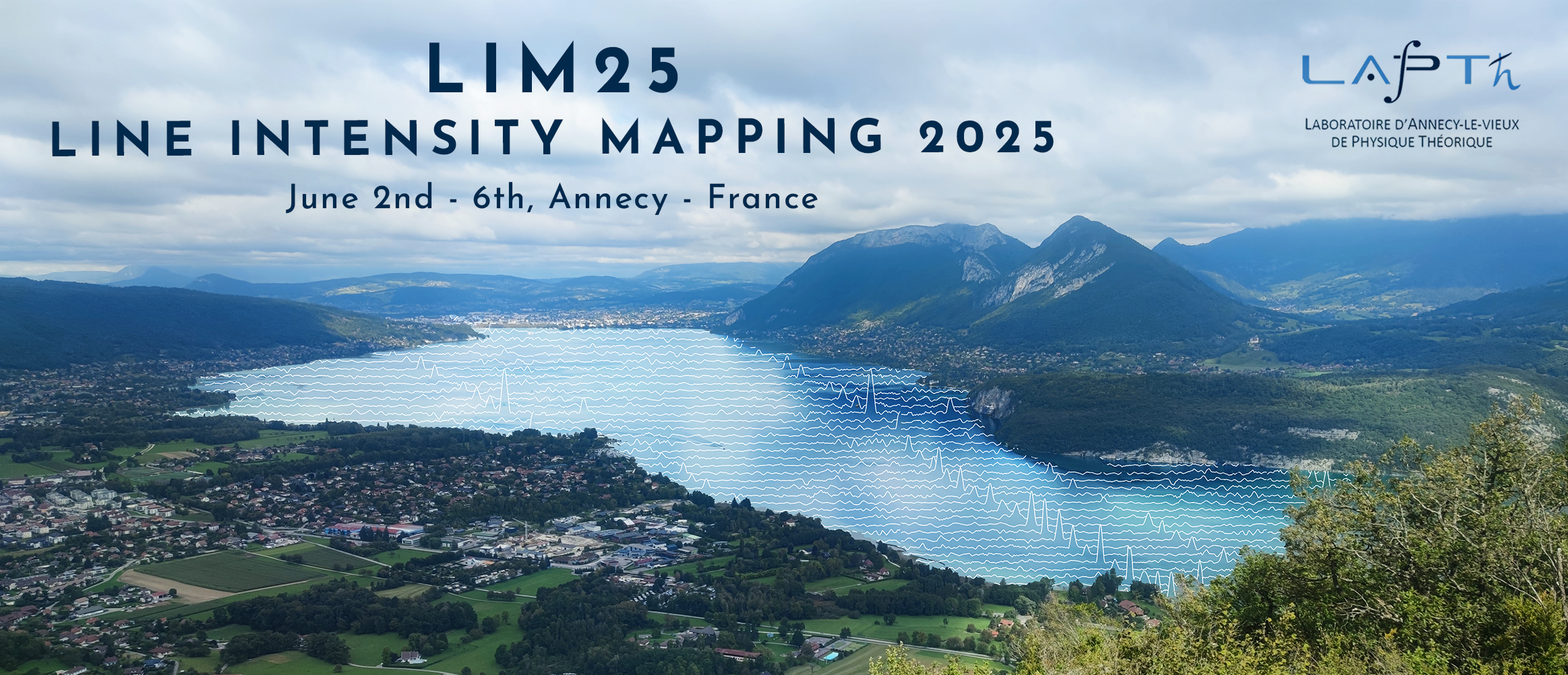Présidents de session
Contributed Talks 10: LIM and Galaxy formation
- Guochao Sun (Northwestern University)
- Karolina Garcia (NCSA, University of Illinois)
- Zucheng GAO (LAPTh, CNRS)
- Emilio Romano-Diza (University of Bonn)
Line intensity mapping (LIM) is an emerging technique in observational cosmology to spatially and spectrally map the aggregate line emission from large-scale structures, which promises to offer invaluable insights into physical processes that govern galaxy formation and evolution in the cosmological context. The mm-wave sky has been and will be surveyed by a number of LIM experiments such as...
Understanding the cold/molecular gas content of galaxies requires modelling processes spanning a wide range of spatial and time scales—from cosmic accretion to interstellar chemistry. We present results from the MARIGOLD simulations, which incorporate our new sub-grid model HYACINTH (Hydrogen and Carbon chemistry in the Interstellar medium in Hydro simulations) into the RAMSES code. HYACINTH...
Accurately interpreting Line Intensity Mapping (LIM) across a broad range of redshifts requires methods that complement traditional empirical relations, which may not fully capture the complexity of astrophysical processes. Cosmological hydrodynamical simulations coupled with Photodissociation Region (PDR) modeling and machine learning techniques provide physically motivated predictions at...

